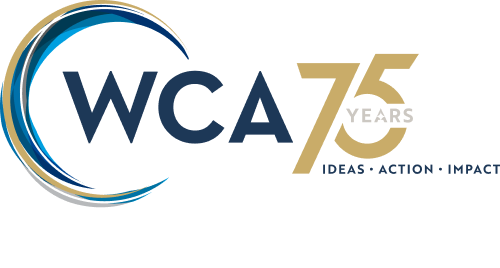The newly passed federal Inflation Reduction Act, a climate, health and tax measure, will bolster New York’s efforts to aggressively reduce carbon emissions under the state’s own landmark 2019 Climate Act.
Some in the business community have been slow to embrace the pathway to a clean-energy economy. They view New York’s ambitious road map as impractical, unrealistic and threatening to the state’s economic future. However, indictments of the council’s work coupled with calls to amend the underlying state statute are shortsighted and misdirected.
Either we face the economic realities of climate change and address them head-on or we pay an even greater price in the long run.
The Climate Action Council envisions a zero-emissions economy.
There is reason for optimism. During the past couple of decades, technical, managerial and systems engineering advancements have taken utility-scale renewable electrification, once a farfetched and prohibitively expensive endeavor, into the mainstream.
You can draw a straight line from the billions in government subsidies for clean-energy technology since 2009 to a big drop in the cost of wind- and solar-energy production—by some estimates almost 90% for solar and 70% for wind —not to mention the widespread adoption of electric vehicles.
Renewables possible
Numerous European utilities already have run completely on renewables for short periods of time. Even California’s much- maligned energy grid has briefly run close to entirely on wind and solar. In New York, more than 90% of the electricity used upstate is carbon-free.
New York will require hundreds of billions of dollars in new infrastructure and incentives, however. Although there are some publicly sponsored financing mechanisms available now, the programs are not sufficiently scaled and will need to be ramped up exponentially.
In addition to revolving loan funds, we will need tax mechanisms such as New York City’s Property Assessed Clean Energy program on a statewide level. The state also needs to prioritize massive spending on programs such as the New York State Energy Research and Development Authority’s clean-heating and FlexTech programs.
The Climate Action Council’s plan, however, forecasts a net benefit to the state of $90 billion to $120 billion.
The long-term economic damages of inaction, meanwhile, include higher costs for energy, insurance, borrowing, development and labor. There also are social costs including increased crime and a widening income gap.
Big changes are coming. New York’s climate laws will have a profound impact on day-to-day business operations, transportation, housing and development.
Moving forward
Ultimately, only technological advancements—led by the private sector with the assistance of government subsidies and coupled with decreasing energy demand—can push us forward.
It is time for New York businesses to embrace sustainable practices.
Institutions such as the Westchester County Association will play a vital role in connecting companies to the financial, legal and technological resources they will need to make progress. The WCA is holding symposiums, convening working groups and advocating for the energy and sustainability needs of business. The WCA’s clean- energy portal links New York businesses to available incentives and other programs.
Given adequate government inducements, the markets will drive our clean-energy future. And if we don’t get all the way there, falling slightly short of the mark is neither a defeat nor an excuse for preserving the status quo.
Environmental lawyer Michael Romita, a former energy company executive, is CEO of the Westchester County Association.
Click here for a downloadable pdf of this article.

